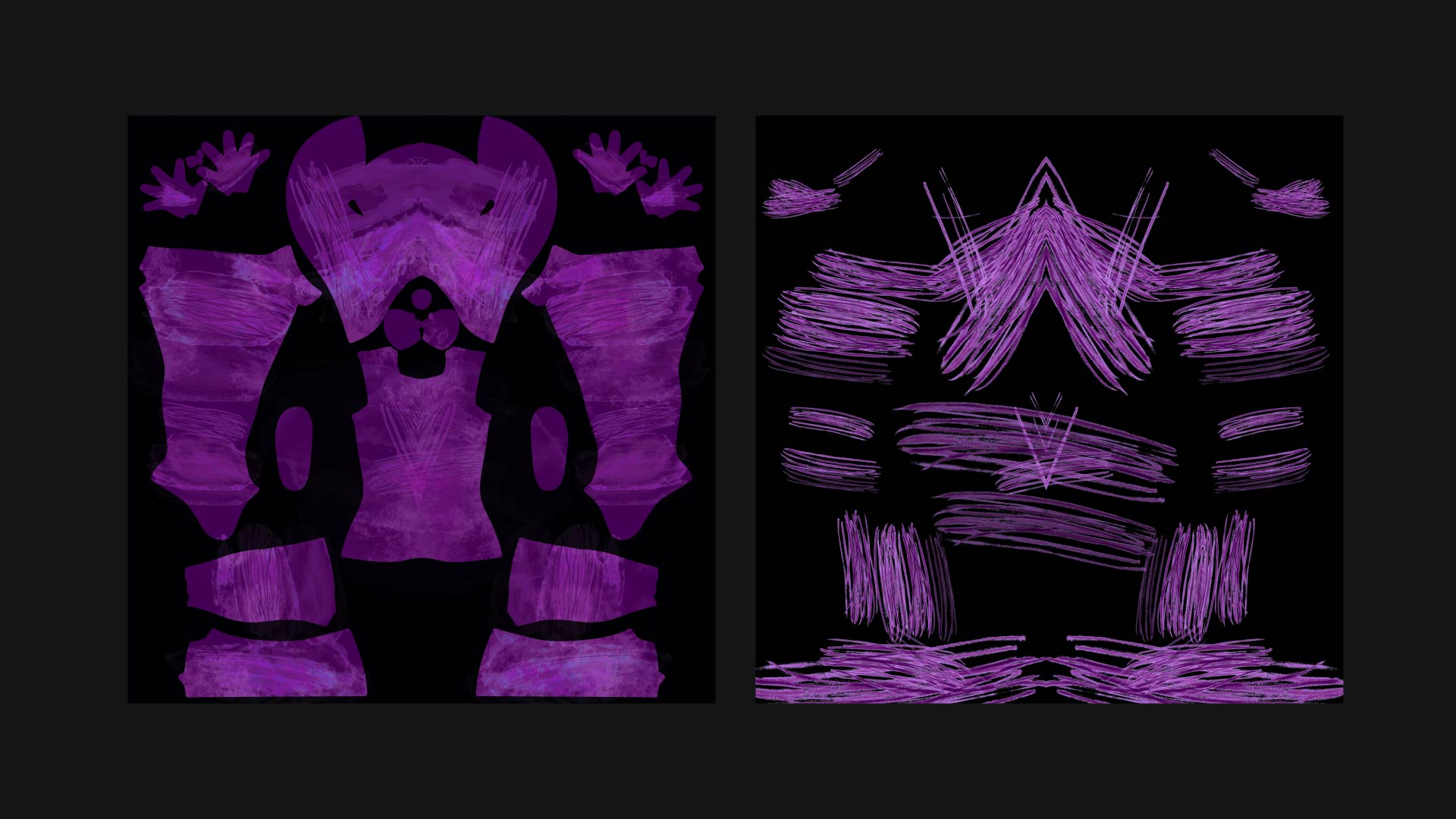
Life After: Pulse Nightclub
Daily we read headlines about lives changing in an instant: A police officer who pulled the trigger, a family ruined by financial collapse, a friend lost in a mass shooting. Life After is a series about the true journey of recovery that rarely gets reported after a tragedy. How did that day change their life forever? Surviving the mass shooting was anything but a relief for Patience Carter. What followed was worse.
I have to give a huge thanks to the team that worked so hard to make this possible, all of whom are listed here.

Final Video

storyboarding concepts
As the first step in the pipeline, we knew the storyboard had to be air-tight if the rest of the piece had any hope at being good. We knew from the start that the piece would play in the abstract but the more concrete pieces like how we represented Patience and other characters took a while to sure up.



styleframes
Here are several styleframes I created to nail down a target look for the cell animation phase. Our style evolved throughout production but the brush selection used and the painterly quality remained.

daze pattern exploration
Knowing that the piece would be cell-animated in the end, I wanted to use 3D to create reference that would defy what people expected from hand animation. We knew in the beginning of the piece we wanted to convey Patience’s confusion in an abstract way so I started exploring with different patterns to that effect. What I ended up doing was using MoExtrude on a glass sphere to create a distorted lense. I created several different animated patterns and mapped them to the HDR sphere so that that we had an environment on all sides that the glass sphere could distort. I put the camera right in the middle of the sphere and tried different combinations: MoExtrude settings on the glass and different patterns on the environment. Once I started getting patterns that felt unique, I felt like we had something that we could use.

3D execution exploration
From the beginning of production we knew we wanted to do a project that merged 3D and cell animation. My partner Curtis Brown and I had varying skillsets, and this was a way to merge them, but it was also a chance to do something unique. I tried my best to come up with 3D alternatives to having to do tedious cell animation. There were several reasons for doing this: mainly the ability to stay modular, the ability to animate the UV textures on objects and a more high-fi aesthetic to the end result. At the end of the day we didn’t have time to take these tests all the way to the finish line so we decided on cell animation, but here is a look at how we planned on using animated brush textures and UV mapping to come up with some interesting looks.

3D Reference Animation
Once we had the storyboards, I needed to build the piece in 3D essentially In the span of 2 weeks I essentially built the piece, including: simulating balloons morphing into flowers, posing and animating Patience, stitches transforming into birds, etc. There were alot of fun 3D challenges like cloth physics, softbody physics, Xpresso and character animation.
Octane Toon shading helped break apart the lighting and texture information into different layers without needing the artists to do any guesswork. We got the CG to a point where with a little imagination animators tracing it would have a solid road-map.

Life After: 3D Render Test
Though we went with a 2D, handdrawn style for the final video, it was based on a skeleton of 3D animation I created which the animators painted over. I wanted to see what this 3D animation would look like as a final product, so once the project was complete I went back and blew out my favorite section.

Cell Animation Process
Once we had the reference made, it was all hands on deck. Cell animation is a slow, tedious way to make images move so it took the help of people throughout CNN to help get the work done. Once we had elements, I composited them in After Effects, relying on the under-utilized Colorama effect.
Though no one really uses it these days, in this situation, it allowed me to draw out the opacity variations in the brush strokes and map them to a gradient. This allowed us to juice alot of sophistication out of each element, complimenting the main color with secondary, and even tertiary gradients. The final product benefited from a look that was more painterly than digital.

music & sound design
Once we had the VO track locked and finalized, I wrote a score for the piece using Ableton Live 10. I used synthesizers as an homage to the nightclub in the story and tried to let music explain Patience’s emotional states without words.
